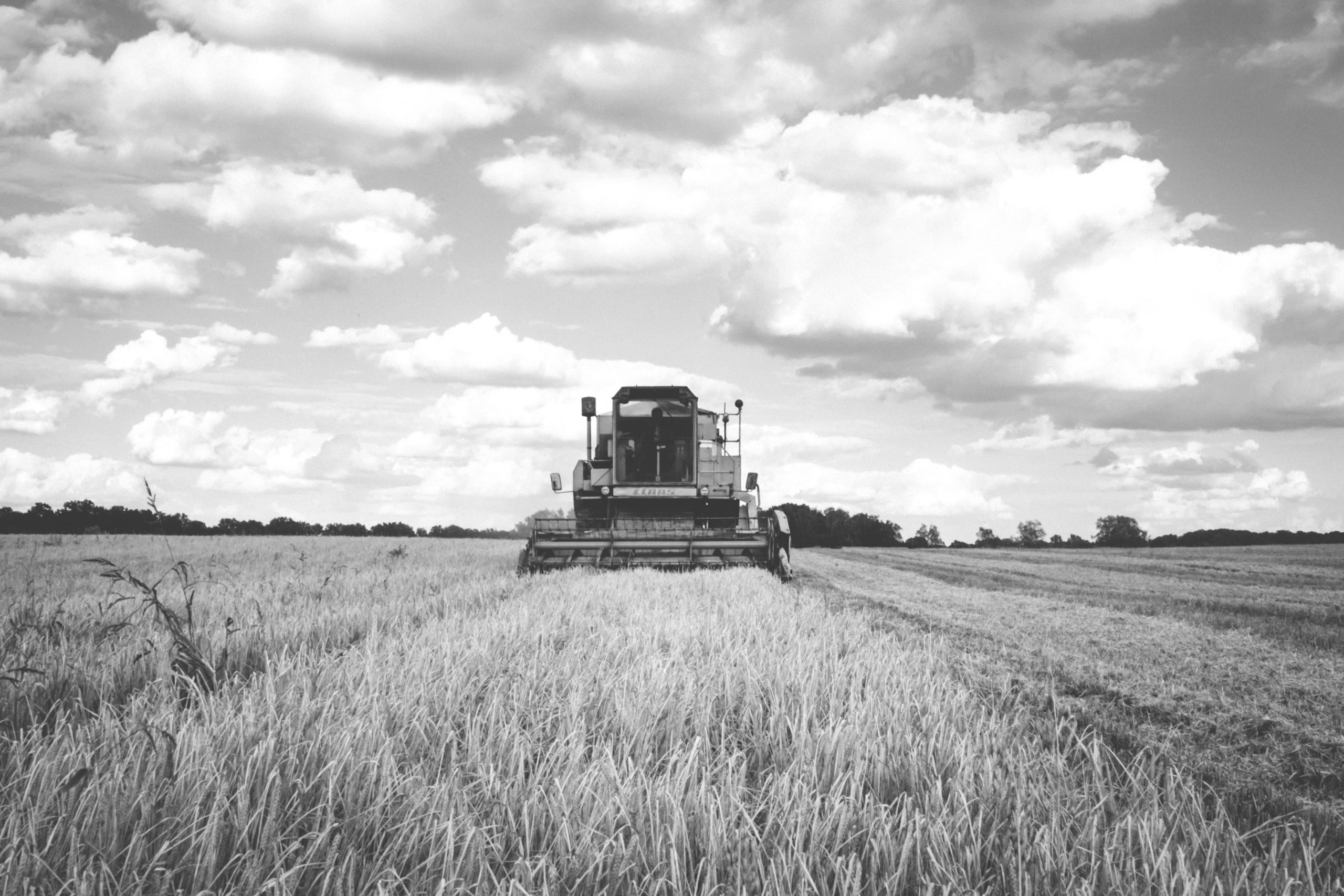In June 2018, the London Wheat Futures market was hovering around £150/tonne. Whilst this represented a modest improvement over the position 12 months earlier, there seemed to be little to get excited about in terms of market movement and the outlook for 2018 harvest profitability for farmers in the Northern Hemisphere.
The FAO and OECD published their annual agricultural outlook report in July 2018. The report, one of the most downbeat for a decade, noted that “prices of agricultural commodities are expected to remain broadly at current levels over the outlook period 2018-2027.” It went on to say that, “a decade after the food price spikes of 2007-8, conditions on world agricultural markets are very different… and cereal stock levels (have) climbed to all-time highs.” Added to this, it noted that “demand growth has started to weaken. Much of the impetus to demand over the past decade came from rising per capita incomes in China, which stimulated the country’s demand for meat, fish and animal feed. This source of demand growth is decelerating, yet new sources of global demand are not sufficient to maintain overall growth.”
Reading that summary in July gave farmers in the Northern Hemisphere little cause for cheer. Five large global harvests had rebuilt stocks, and the medium-term projections which have underpinned much of the agricultural growth story over the last decade were slowly evaporating (or so it seemed). Fast forward three months and the situation is very different. London Wheat Futures reached almost £200 per tonne in August, before easing back somewhat in September. Rumours of potential grain export curbs in the Black Sea region, and concerns over the crops in the European Union and Russia and Ukraine resulted in prices rising.
At first sight this seems odd. If world wheat stocks are indeed at record levels (almost 260 million tonnes according to the latest USDA report) then why has a downgrade of the harvest output of a few percent sent the markets into a panic? The issue is, of course, not the volume of stocks, but who holds them; 60% of the stocks are held by countries classified by the US as “major importers” (111 million tonnes being held by China alone) and the amount held by Australia, Argentina, Canada and the EU (the traditional “reliable exporters”) is just 23 million tonnes. Whilst high level reading of the data suggests there is no problem with food security, dig a little deeper and the fragility in the ‘free trading’ part of the system becomes all too apparent.
This highlights a subtle, but important, trend which has been developing over the past decade or so. Production and consumption in emerging markets has been the major driver of agricultural market development over the past decade. Crop yields and output in the developed world is largely stable, and most of the productivity improvements and growth in production is coming from the new major players – in particular, for cereals and oilseeds, Russia and Ukraine.
Despite the comments by FAO in their recent report, emerging markets also remain the major driver of demand growth (both from a population and a dietary shift perspective). Population growth continues apace even if there is a slight slowdown in the shift to middle class diets in some of the major emerging economies. However, the increasing emphasis on emerging markets presents two challenges. The first is that the granularity of the data available (in terms of production and stocks) is more opaque – and subject to political moulding to suit domestic policy agendas. The second is that the behaviour of these countries on international markets is more erratic – the likelihood of an export ban or a major intervention in the markets is more likely to come from an emerging market economy than a developed one, especially one that has domestic political reasons to control or manipulate food prices.
As developed economy governments around the world seek to move away from intervening in agricultural markets, the exposure of farmers to commodity price movements is likely to increase. Thus, whilst the long-term trend undoubtedly remains positive, the short-term peaks and troughs caused by season-to-season changes in production (driven by planting area, weather effects and industry sentiment) remain critical to farm gate prices and thus to farm profitability and returns.
Historically many farmers have been poor at risk management and hold back from selling into a rising market, believing the trend will continue. Those who have been shrewd will have no doubt taken the opportunity to hedge a good proportion of their 2019 and 2020 crops, underpinning a significant proportion of their revenues and profits. As Theodore Roosevelt famously said, “Risk is like fire: if controlled it will help you; if uncontrolled it will rise up and destroy you.” The most successful farmers and agribusinesses will undoubtedly be the ones with robust risk management processes in place.







